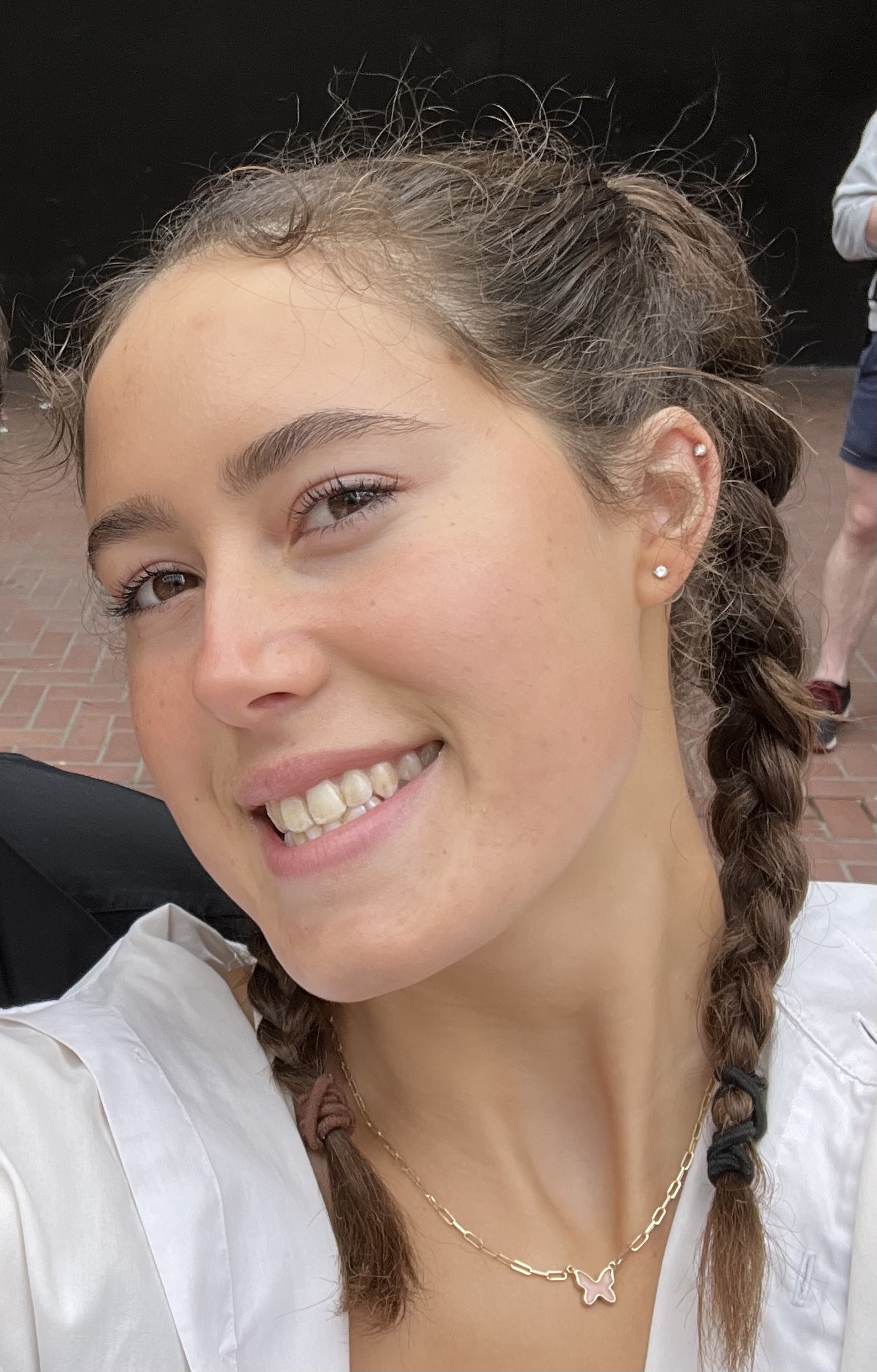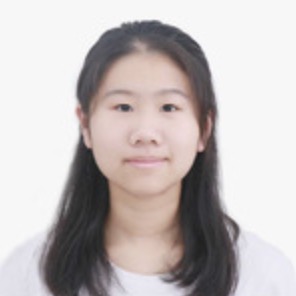Majors News and Notes
2025 PRIZES AND AWARDS
Senior major Anand Parikh received High Honors in CIS for his thesis "Introducing ORACLE: Accelerating the Search for Therapeutics". Senior major Josh Phythianreceived High Honors in CIS for his thesis "Sector Analysis of the p53 Tumor Suppressor Protein".
-
CIS major Anand Parikh is awarded the Scott Biomedical Prize.
-
CIS major Macy Thompson is awarded the Peirce Prize.
-
CIS major Aiden Trendell is awarded the Mary and John Sease Prize.
-
CIS major Anand Parikh elected to Wesleyan University’s Gamma Chapter of Phi Beta Kappa, Spring 2025
-
Fernando Caballero
I am passionate about using Computer Science and Mathematics in an applied field. By majoring in CIS, I am able to combine these sciences with Biology and Chemistry, areas that are crucial in my research.
I either plan to become a full-time researcher or pursue a PhD in Computational Sciences. CIS will help me in whichever path I choose.
I have expanded my knowledge in a wide variety of sciences and become a more rounded individual both at a personal and academic level. Being a part of CIS, has given me a community of peers and advisors who are guiding me towards my goals while I learn the skill set needed for my short-, medium-, and long-term goals.
Fernando's ResearchMy Research project focuses on the p53 tumor suppressor protein and its role in cancer prevention. However, if it mutates, it is rendered useless. I apply computational approaches, such as Molecular Dynamics (MD) simulations and Markov State Models (MSMs) to understand the relationship between the different mutation and p53 isoforms. -

Zoe Kuhn
I chose to major in CIS because I wanted the ability to explore NSM classes outside of my majors. Although I want to pursue a career in zoology and animal sciences I am personally quite interested in psychology and the human mind as well. I also would like to take some environmental science classes during my time here. What I liked about CIS is how I would be welcome into these other departments because I have declared my interest in making my STEM curriculum more well-rounded. Additionally, when showing my transcript to graduate school programs I want my other NSM classes to mean something beyond just the grade that is shown. I also think CIS is such a Wesleyan specific major and I am lucky to be presented this opportunity so why not go for it. Zoe's ResearchI am working on torpor and hibernation patterns in 13-lined ground squirrels by studying their thermogenesis patterns, testosterone levels, and inter bout arousal periods. So far I have done forced arousal in hibernating squirrels and recorded temperatures every 5 minutes for the 1-2 hours that they take waking up. I am now analyzing all of the videos that we took of their arousals in Boris to determine if there is a pattern to their shivering, temperatures, and other warming behaviors. -

Ada Qin
After I went to college, I found my love for mathematics and computers. I not only wanted to complete the courses but also wanted to learn about things outside the syllabus. At the same time, I find that computer science and math are closely related, and I want to know more about the similarities between the two. The existing curriculum at school doesn't meet that. Most courses last only one semester, and many of the things that can be covered in depth are passed over for reasons of time. I want to study the things that are passed over, such as the application of the recursive theorem to computers. The matrix can calculate what is in central Europe besides expressing rotation. I would like to consult my professional professors about this. I find that CIS meets the direction I want to develop, so I want to find more opportunities to continue my research with the help of the university resources. Joining CIS is my solution. Ada's ResearchI am planing to study octonion and applying it to computere sceince in the funture. octonion is a number system, similar to real numbers, imaginary numbers. octonion represents a morphological change in eight dimensions. Just as real numbers can represent one dimension, imaginary numbers can represent changes in two dimensions, such as rotations. However, the commutative law of multiplication from real to imaginary numbers is no longer applicable. The degree to which the algorithm adapts to each number system is different degree. quaternions as a higher degree of number system lose the commutative characteristic, but it thus acquired the ability to express four dimension extension of complex numbers. Let's make it very useful for expressing three-dimensional rotations. moving up to octonion, although it is hard to imagine, we can represent eight dimensions through eight basic 3* 3 matrices, by combining them linearly into one matrix. To express different trajectories. In this octonion number system, commutative, and associative are no longer applicable. But it gains the special feature that can describe elementary particles under strong and electroweak forces. If you try to increase the latitude anymore, none of the laws will work. All operations seem to be special cases. Different number systems can be applied to different practical problems. Octonions have applications in information technology such as machine learning, graphics processing, quantum logic, error-correct coding, and signal process. The operation law of eight-element convolution enables it to process the convolution of eight channels and apply it to the previous operation, thus allowing the linear deep mixing of channels and getting new feature map space, which can reduce the amount of computation when processing data. In order to better understand this number system, I will first learn the number system Quaternion, which was studied earlier in the math history than octonion. And try to apply it to computer graphics. It as a new number system is good to use less volume of space to describe roation in computerscience and give us faster running speed by reducing the number of steps of calculation. Where origionally we need to use nine numbers to describe. octonion, as a field with relatively little research, has not been fully discovered in its application scope. I will try to find its correspondence with real life in the future. I will try to understand the correspondence between the octonion and lie groups and try to rationalize some of the exceptions that seem to be inconsistent with the operation law. In the process of learning, I will try to solve the linear transformation and eigenvalue problems of octonion by using the rules and computer knowledge I have summarized, and try to make the best use of the special characteristics of octonion.
